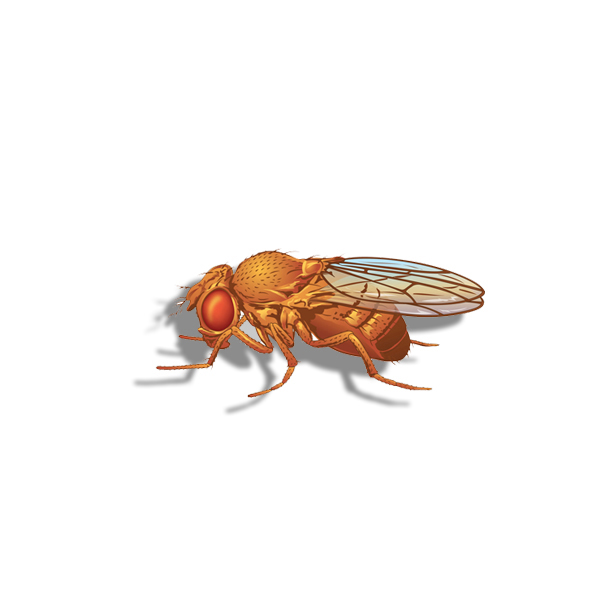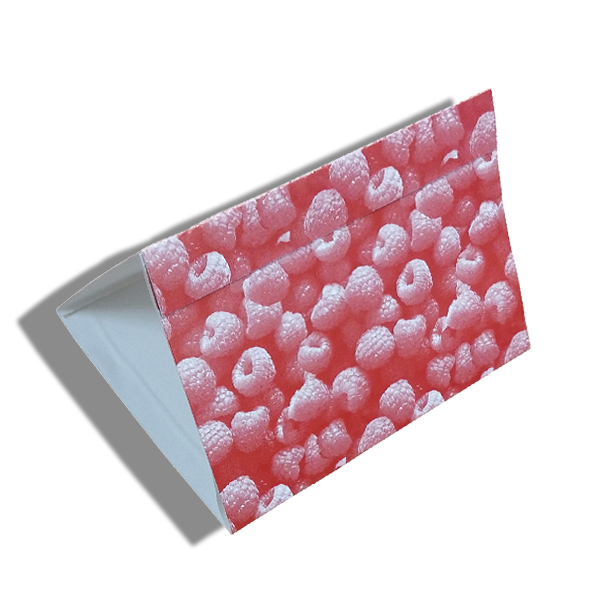Fruit Fly
The Urban Fruit Fly, Drosophila Urban, or the kitchen fruit fly, the Drosophila species is a nuisance for home and garden around the fruit and vegetable areas.
The urban Fruit flies, are a problem all the year round and are common in homes, restaurants, supermarkets and wherever else food is allowed to rot and ferment. Tomatoes, melons, squash, grapes and other perishable items brought in from the garden are often the cause of an infestation developing indoors. Fruit flies are also attracted to rotting bananas, potatoes, onions and other unrefrigerated produce purchased at the grocery store.



